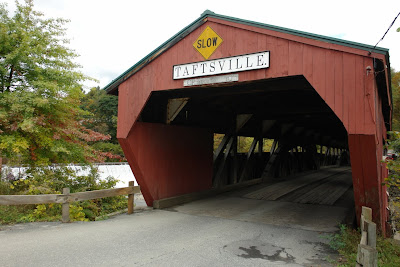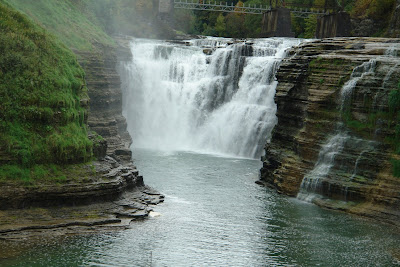You know, like them taking time from a busy schedule to ensure you return home from a long arduous journey to a freshly vacuumed floor and a well stocked refrigerator. Believe me; it just makes my heart as soft as.............well..........marshmallows.
Problem is, how do you ever repay a friend like that? Well, I suppose I could start by cleaning up his yard of debris and putting it in a nice out of the way place. That way, when they come home they don't have to deal with yard work.
I could mail gifts to show my appreciation and being handy with tools, maybe I could even do some "fix-it-up" things that look to need attention. You know, stuff that looks broken or in obvious need of repair. Like say...... a mailbox that needs remounting or something easy to do, yet extremely helpful. hee hee.
Naturally, it's always a great idea to use tamper-proof screws when securing something valuable in place. You know, the type with special head designs that require a specific tool that most homeowners, thieves and would-be wrongdoers don't have. That's it, nice and secure so the box can't be stolen or easily removed.
I'm even thinking of giving them a cookout, Adirondack style. You know, with plenty of marshmallows and a nice high vantage point for optimal viewing of the fall foliage. Yeah, that might be appropriate considering it's the giving season. I'm starting to feel better already and the stresses of the trip are but a fading memory. Amazing how a mental redirect can change an attitude isn't it? I'm finding there's a lot of truth in the old adage that "there's more pleasure in giving, than receiving". It's all about give and take as well as attitude. If life gives you lemons..........make lemonade. If your friends bring the franks and marshmallows, then by golly, it's your responsibility to provide the roastin'. Just doin' my part to be neighborly ye know. hee hee.....






























